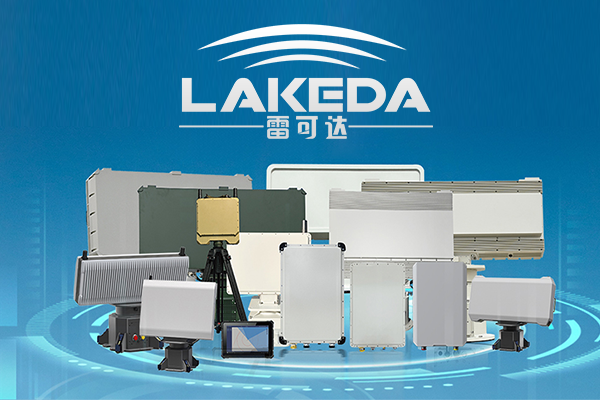Drone Detection Radar System: Key Technology for High-Precision Spatial Data Collection
Drone detection radar systems, also known as airborne LiDAR (Light Detection and Ranging), achieve high-precision mapping of surface spatial information by emitting laser pulses and receiving their echo signals. The system adapts to various detection environments, such as air and vegetation (airborne laser mode) or water bodies (symmetrical laser mode), and rapidly generates high-resolution terrain and surface model data by analyzing the distance and angle of reflected signals.
Technical Principles and Core Advantages
As an active remote sensing technology, drone detection radar accurately acquires three-dimensional spatial information of the surface by actively emitting laser pulses and receiving target-reflected signals. This technology is not limited by weather or lighting conditions and can be widely applied in fields such as surveying and modeling, geographic information systems (GIS), geological exploration, archaeological research, and airborne laser mapping (ALSM). It is particularly suitable for high-precision map production and complex terrain modeling.
Efficient and Safe Data Collection
Leveraging the efficient collaboration between drone flight platforms and LiDAR, the system can quickly and safely acquire large-scale surface spatial information. Compared to traditional manual surveying methods, drone LiDAR technology significantly reduces fieldwork workload, shortens project cycles, and improves the cost-effectiveness and operational efficiency of data collection.
Environmental Adaptability and Data Accuracy
In densely vegetated areas (e.g., forests), traditional surveying methods are prone to data loss due to obstructions. Airborne LiDAR possesses a certain degree of vegetation penetration capability, effectively reducing information loss caused by foliage obstruction, accurately capturing sub-canopy terrain data, and ensuring data integrity and reliability.
The system supports the rapid acquisition of high-precision spatial coordinates over large areas and maintains excellent data quality in various complex environments, making it an indispensable tool in modern geographic information collection.
Core Advantages of Drone Detection Radar
Strong Vegetation Penetration and High-Precision Point Cloud Generation
Capable of penetrating dense vegetation to generate high-resolution point cloud data, supporting detailed modeling and high-precision reconstruction of complex terrains.Flexible Deployment and High Reliability
Compact system structure, minimal external interfaces, low failure rate, and support for multi-platform deployment (e.g., drones, helicopters), adapting to diverse operational needs.Automated Processing and Efficient Output
Equipped with intelligent inspection algorithms and robust data processing and storage capabilities, enabling rapid generation of analytical reports and significantly improving project execution efficiency.
Our Professional Services
Our team has years of project experience in the field of drone radar aerial surveying, with comprehensive expertise in DLG, DOM, DEM, DRG, 3D real-scene modeling, and airborne LiDAR data production. If you wish to learn more about the application solutions and technical details of drone detection radar, feel free to contact us at any time. We will provide multi-faceted professional support and services.
Drone detection radar technology has not only greatly advanced the surveying and spatial information industry but has also become an efficient and reliable data collection tool in various geoscience fields and engineering applications.
Related Reading
The following recommended content offers authoritative insights into drone LiDAR technology and its applications, with links from government agencies, international organizations, or high-authority academic platforms:
United States Geological Survey (USGS)
Airborne LiDAR Mapping Guidelines and Technical Standards
LiDAR technical specifications, data collection standards, and industry application guidelines published by the official U.S. geological management agency.International Society for Photogrammetry and Remote Sensing (ISPRS)
Frontier Research in LiDAR Remote Sensing Technology
A collection of LiDAR technology white papers, academic journals, and conference papers publicly available from this authoritative international academic organization.NASA Earth Science Division
Applications of LiDAR in Earth Science and Environmental Monitoring
NASA’s official analysis of practical cases of LiDAR technology in terrain modeling, climate change, and disaster management.MIT Lincoln Laboratory
Overview of LiDAR Systems and Technology
In-depth analysis of LiDAR system principles, technological evolution, and innovative applications by a top-tier research institution.
